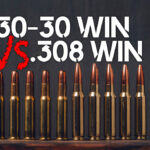
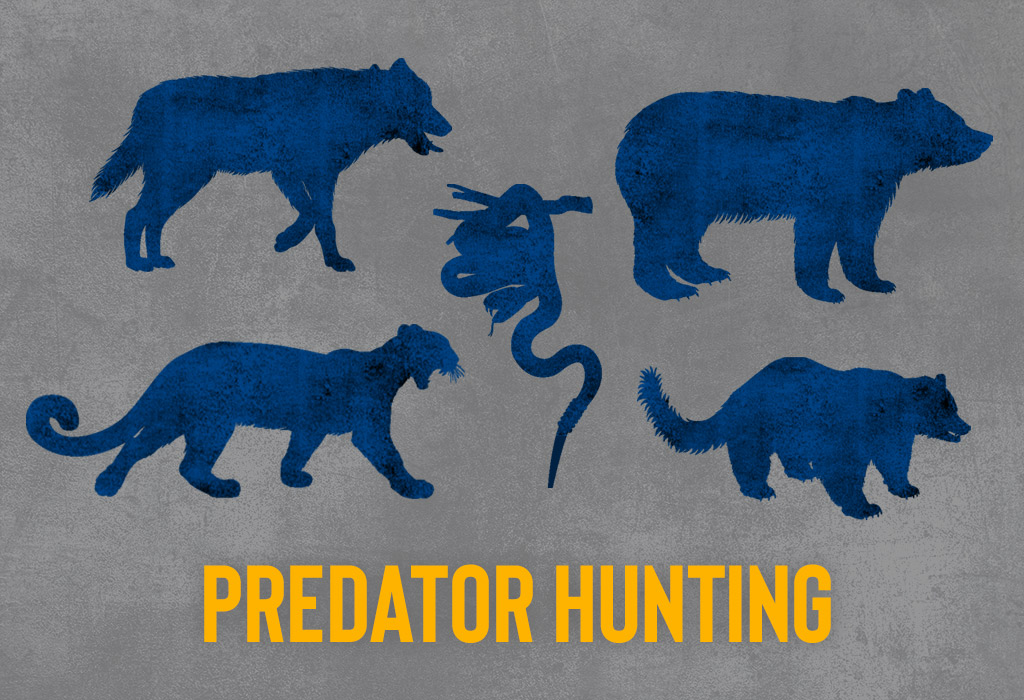
Imagine you’re out in the woods, hiking, or scouting for the upcoming hunting season. In the distance, you see an animal aggressively approaching you. Luckily, you were wise enough to carry a firearm into the woods with you. However, how good is a firearm in this scenario if you can’t stop the threat? What do you know about predator hunting?
So how do you defend yourself against a predator attack? Each scenario is different, and no two animals are likely to react the same way if you invade their turf. I’ve had a couple of close encounters with wild, aggressive animals in the woods. I’ll explain scenarios I have been trained on and what has worked for me.
A few years back a bear, protecting her young, started to charge me, but a warning round from my .38 scared the cubs and ultimately the sow. More recently, this past season, while bird hunting, I stumbled into a moose breeding ground. The cow charged me. I was able to work my way around trees and safely make my way back to my truck. Where the moose continued to chase me!
However, in both instances, I survived with no injuries and gained a few wild memories.
When Animals Attack
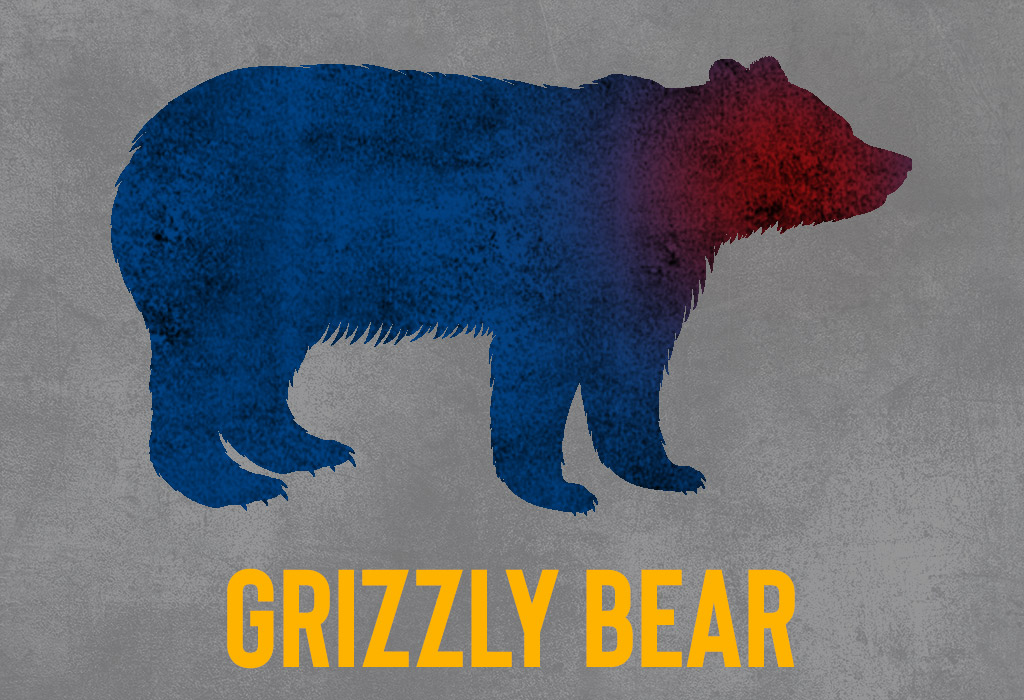
It can take hours for a bear to bleed out, so aim for the brain and snout if you need to drop one in a hurry.
Animal attacks are relatively rare. Studies show from 2008-2015 there were approximately 1600 deaths that result from animal attacks. The vast majority of these attacks were from bug bites and upset or frightened farm animals.
Here are a few other statistics on predator attacks:
- On average, there are only 40 bear attacks annually, throughout the entire world.
- There have only been approximately 125 mountain lion attacks reported in the past century.
- On average there are less than 10 coyote attacks per year.
- Wolf attacks are fairly rare too, with only 16 fatal attacks ever recorded and 20 non-fatal.
- There are thousands of venomous snake bites each year, but only around 5 actually result in death. Most snakebite fatalities in North America are attributed to rattlesnakes.
The two most dangerous predator species in the woods may not be what you imagined. Species number one is Bobcats, with over 7,000 attacks reported across the country every year. The second is the mighty moose, with 5-10 attacks yearly. I am guessing that makes 11 last year since I never reported my incident.
Do I think these statistics are 100% accurate, probably not? I’d imagine many encounters like mine go unreported. But how many hikers and hunters go missing every year and no one ever finds them? Could it be because a predator attacked them? Sure. Could people also be lying about these incidents? Absolutely.
However, animal attacks are relatively rare, because animals would rather flee from people than fight. So, unless an animal is sick, starving, rabid, or perceives you as a threat to their young or themselves, then they will most likely retreat before you do.
But, despite predator attacks being uncommon, you never want to be complacent. So, let’s talk about how we can help you protect yourself, family, and others from animal attacks.
Avoiding Bad Situations
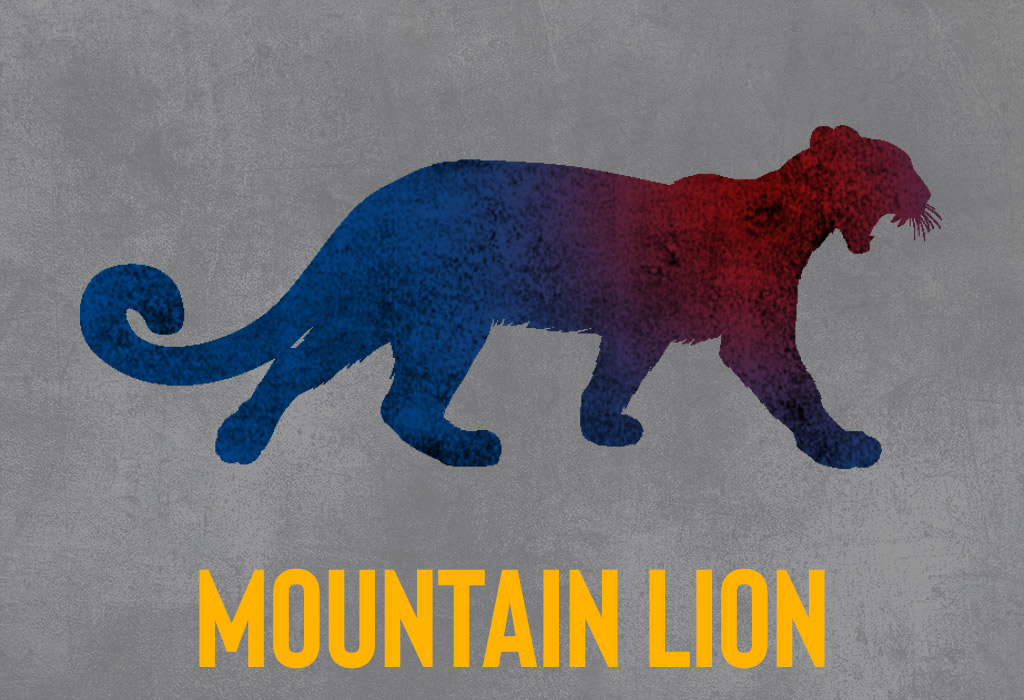
Predator hunting a mountain lion? Aim for the upper skull, heart, and lungs to quickly bring it down.
Let’s say you are out for a walk in the woods and you see a predator in a nearby field. Well, the smart thing to do is avoid the situation altogether. Retreat and go somewhere else. Far away if possible. You should never put yourself in a bad position. Remember, the animal’s first choice will be to flee as well. But, don’t make the animal angry in the process.
For the sake of argument, let’s imagine you can’t retreat. You can fire off a warning round, sometimes the noise will scare the predator. As I mentioned, I did this to a black bear and it worked. Otherwise, depending on the predator you can make yourself big and loud, play dead, or try to maneuver around trees and other obstacles. For example, I knew a charging moose couldn’t make tight turns around a tree, so that’s what I did.
But, if these attempts at claiming your space fail, then you need to get ready for predator hunting.
Predator Hunting: Shot Placement
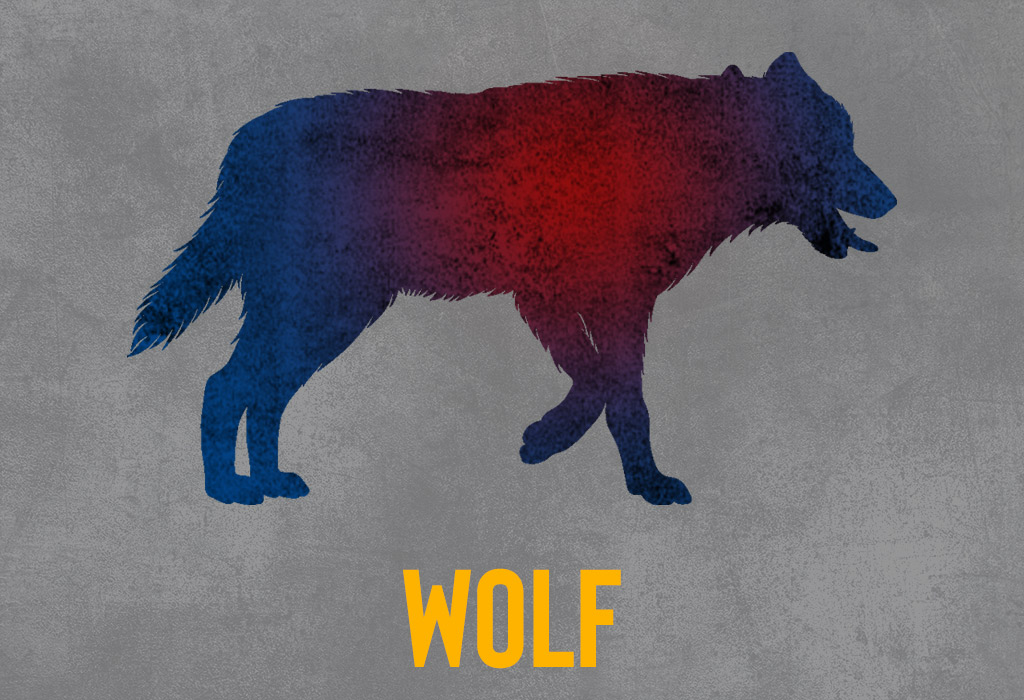
A gutshot will almost always send a hungry wolf in the opposite direction. Heart or lung shots will get the job done more quickly.
Whether you are talking target shooting, hunting, or self-defense, shot placement is always the number one rule. But, why?
Suppose you and I both get attacked at the same time. You’re carrying a 12GA with slugs and I have a 22 pistol. Right off the bat, I would rather be in your shoes, but maybe the 12GA is too big for you to handle and you dump all your rounds into the trees. Spending your ammo and completely missing your target. Unless all that noise scared away the threat, you’re screwed.
Now, let’s say I draw down and unload my magazine into the center mass of the predator and strike vital organs. That threat may keep on coming because it’s only a .22 LR, but odds are I’ve done enough damage to eventually kill that threat or slow it down enough for me to get distance, reload, and prepare for round two.
We can all agree the .22 LR is an inferior caliber when it comes to firepower and protection. However, in this scenario, the shotgun was utterly useless and the .22 served a purpose. If you can’t hit your target, having a gun isn’t going to give you much of an advantage.
What Is Shot Placement?
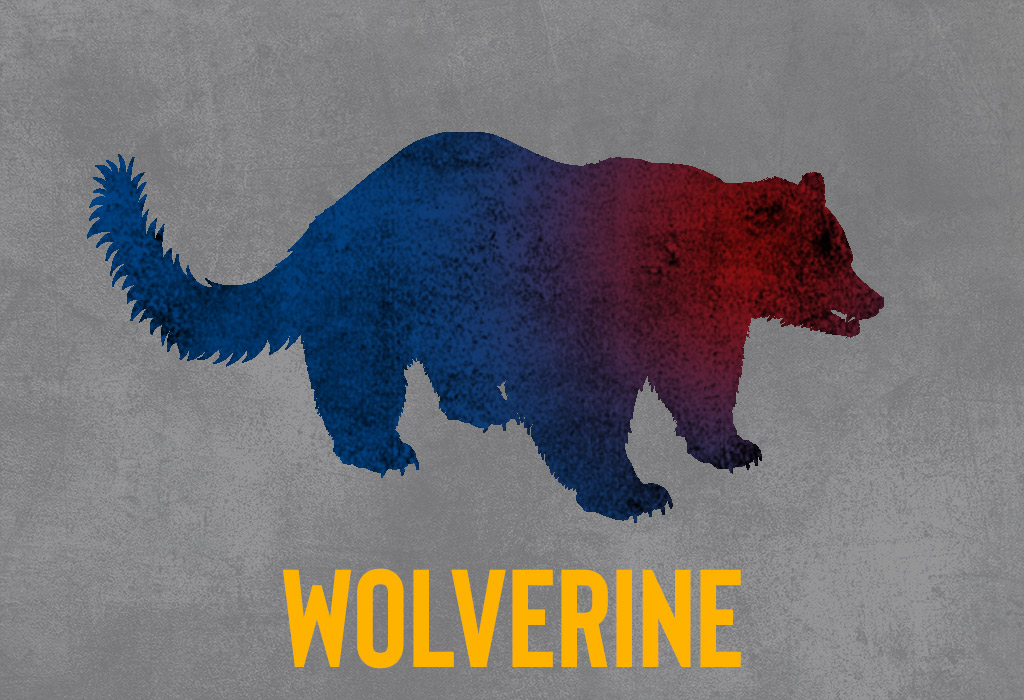
The wolverine is a nasty little predator. Disable it quickly with a headshot, or several center mass organ shots.
Shot placement is synonymous with center mass.
So what does center mass mean? Well, in fancy talk it means to hit your threat in the chest cavity. The chest cavity houses the lungs and heart, as well as major arteries and veins. This is where you get the most bang for your buck against a predator. If you effectively penetrate the chest cavity, then you are likely to hit a vital organ or cause massive blood loss, which in theory, should stop the threat.
However, striking the chest cavity of an attacking animal is no easy feat. If a person was to attack you the chest cavity would most likely be pointing directly at you, they are generally slower, and most likely a large target. Yet even the professionals who train for this, (police/military), miss when they are getting attacked.
A lot of these attacks happen well within 10 yards. Stress, speed, and movement can complicate everything. Now, look at animals. Again, generally speaking, they are going to have smaller chest cavities. Plus, a good portion of their chest cavity is pointing down to the ground.
To complicate the matter even more, you are most likely going to be trying to make this shot, while aiming downward and moving backward. So what do you do? Well, you still try to aim for center mass. But, you may need to shoot the spine, ribs, head, or anything else that presents itself.
A downward shot of a smaller predator can still hit vitals, but may also paralyze, or wound the animal enough for you to safely retreat. You want to hit the animal in the center mass that is available to you.
Remember these shots at a charging predator will most likely be up close and personal. So, your predator hunting will all be point shooting and contact shots.
Rounds On Target
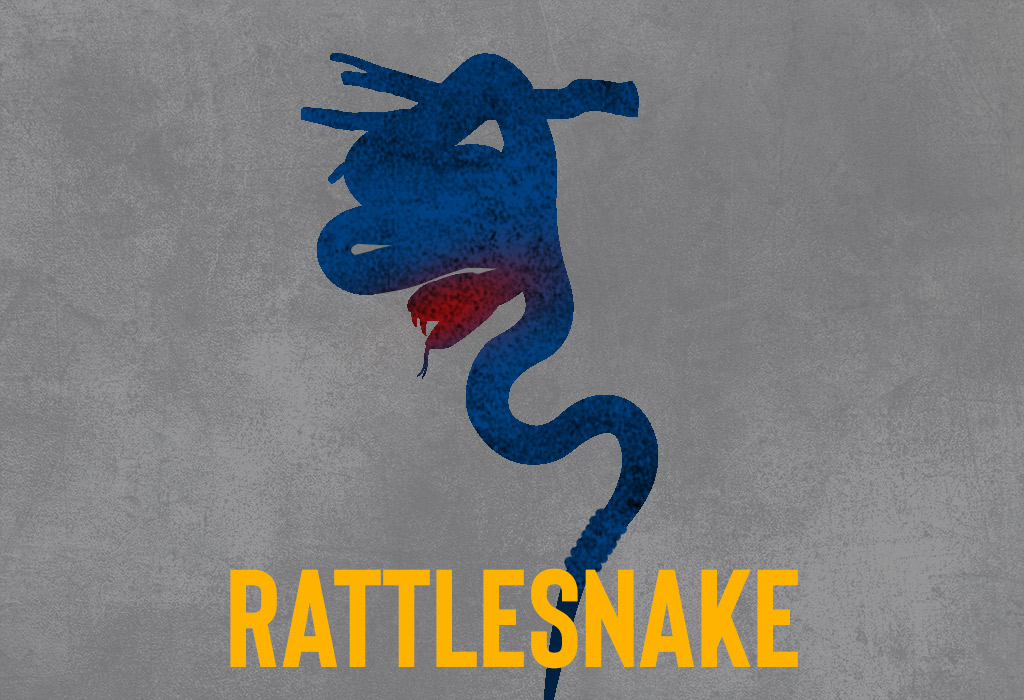
Aim for the rattlesnake’s head and try to detach it or break the spine. Be aware it can still bite you after it’s dead.
In addition to shot placement, you need to get rounds on target. This means you need to squeeze that trigger till the animal is no longer a threat or you run dry. If you run dry don’t give up, perform a reload and get back into the fight.
Squeezing off multiple rounds at an animal can be tough for hunters or avid shooters. As hunters, we are used to shooting once, seeing if and where we struck the game, and conducting a follow-up shot only if needed.
But, we aren’t harvesting this animal for meat, we are trying to live. So, drop Yogi and take your picnic basket back home to your family.
This means that once you are on target, squeeze, squeeze, and squeeze. If you have a pump or bolt action, you need to be quick with the reload. Do not stop till the animal is no longer a threat, which means it’s on the ground, bleeds out, or runs in the opposite direction.
If the animal does run away, reload and stay vigilant. The animal could be circling back around, so you want to be ready for a second round. When you finally exit the woods, notify the authorities and seek medical attention as needed.
Practice For Predator Hunting

Shotgun slugs or heavy grain rifle caliber bullets are most effective against a charging moose. Aim for the brain or vital organs to end the threat quickly.
You might be wondering how to get ready to shoot a charging animal. Here are a few tips:
Practice point shooting. Remember these encounters will be up close and personal, so you can’t line up the perfect sight picture. Practice taking your gun out of the holster or from the low ready position, and hitting the target without acquiring your sights.
Practice shooting downward (in a safe manner of course). Let’s be honest whenever we set up for a range day, we usually set our targets at chest height. Like we mentioned above, we will be shooting downward.
Practice shooting on the move. Go side to side, forwards, and backwards. This will get you used to shooting on the go.
Practice one hand shooting, both with the dominant and non-dominant hand. During an encounter, you will likely be trying to protect your face or neck and/or fighting off an animal. Not to mention you may end up with broken arms, fingers, and so forth making two-hand shooting impossible.
On the topic of one-hand shooting, practice one-hand reload drills. You can find them on Youtube, but some common ways are racking the slide on your belt or boots.
If you can, practice shooting from your sides, back, stomach, and so forth. This will get you used to shooting in awkward spots.
Practice putting rounds on target quickly and accurately. This means shooting 5, 10, or the entire magazine into the target as quickly and accurately as possible. Doing drills at the range is a great way to practice self-defense scenarios.
When All Else Fails, Run
While I hope you never encounter such a situation, I hope this helps you prepare mentally and physically, if that day does come. Remember, your best offense is a strong defense. If you see a predator out in the wild, turn and head in the opposite direction. Ultimately, remember to be safe in the woods, practice, and be confident if you need to go predator hunting with your firearm.


